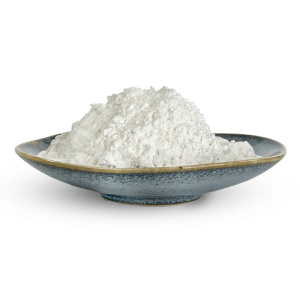
# Starch Sugar: Production and Applications in Food Industry
## Introduction to Starch Sugar
Starch sugar, also known as glucose syrup or corn syrup, is a sweetener derived from starch through enzymatic or acid hydrolysis. This versatile ingredient plays a crucial role in the food industry, offering functional properties beyond simple sweetness.
## Production Process of Starch Sugar
1. Raw Material Selection
The production of starch sugar typically begins with starch-rich crops such as corn, wheat, potatoes, or cassava. Corn is the most commonly used source in industrial production due to its high starch content and availability.
2. Starch Extraction
The selected raw material undergoes processing to extract pure starch. This involves steeping, grinding, and separating starch from other components like protein and fiber.
3. Liquefaction
The extracted starch is mixed with water and treated with alpha-amylase enzymes at high temperatures (around 105°C) to break down the long starch chains into shorter dextrin molecules.
4. Saccharification
During this stage, the liquefied starch is further broken down into simpler sugars using glucoamylase enzymes. The process occurs at lower temperatures (around 60°C) and results in a mixture of glucose, maltose, and other oligosaccharides.
5. Purification and Concentration
Keyword: Starch Sugar
The resulting sugar solution undergoes filtration, decolorization, and ion exchange to remove impurities. It’s then concentrated through evaporation to achieve the desired syrup consistency.
## Types of Starch Sugar
1. Glucose Syrup
This is the most basic form of starch sugar, containing varying proportions of glucose, maltose, and higher saccharides depending on the degree of hydrolysis.
2. High Maltose Syrup
Produced using specific enzyme combinations to yield higher maltose content, this type offers reduced sweetness but improved crystallization control.
3. High Fructose Corn Syrup (HFCS)
Through additional enzymatic conversion, some glucose is transformed into fructose, creating a sweeter product that’s widely used in beverages.
## Applications in the Food Industry
1. Confectionery Products
Starch sugar is essential in candy manufacturing, preventing crystallization in products like caramels and fondants while providing the desired texture.
2. Bakery Goods
It serves multiple functions in baked goods, including moisture retention, browning enhancement, and fermentation substrate for yeast.
3. Beverages
High fructose corn syrup is particularly popular in soft drinks due to its high sweetness and solubility.
4. Dairy Products
Starch sugars are used in ice cream to control freezing point and improve texture, and in yogurt as a fermentation substrate.
5. Processed Foods
Many processed foods utilize starch sugar for flavor enhancement, texture modification, and shelf-life extension.
## Functional Properties
Beyond sweetness, starch sugar offers several functional benefits:
- Humectancy – retains moisture in food products
- Freezing point depression – important for frozen desserts
- Fermentability – supports yeast activity in bread making
- Browning reaction – enhances color and flavor through Maillard reactions
- Texture modification – provides body and mouthfeel
## Future Trends
The starch sugar industry continues to evolve with growing demand for clean-label ingredients and reduced sugar products. Innovations